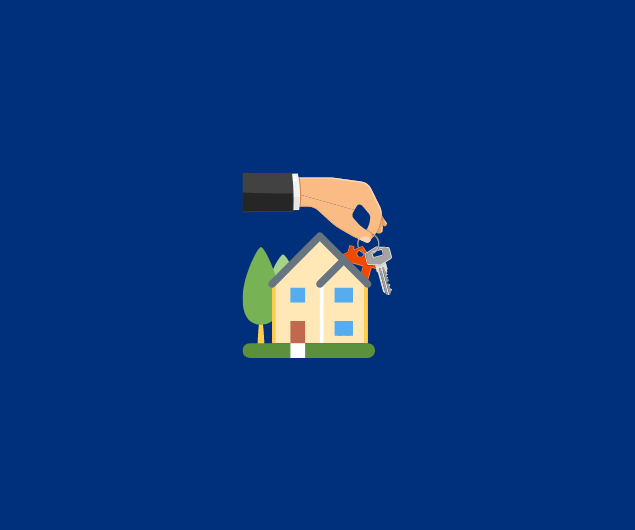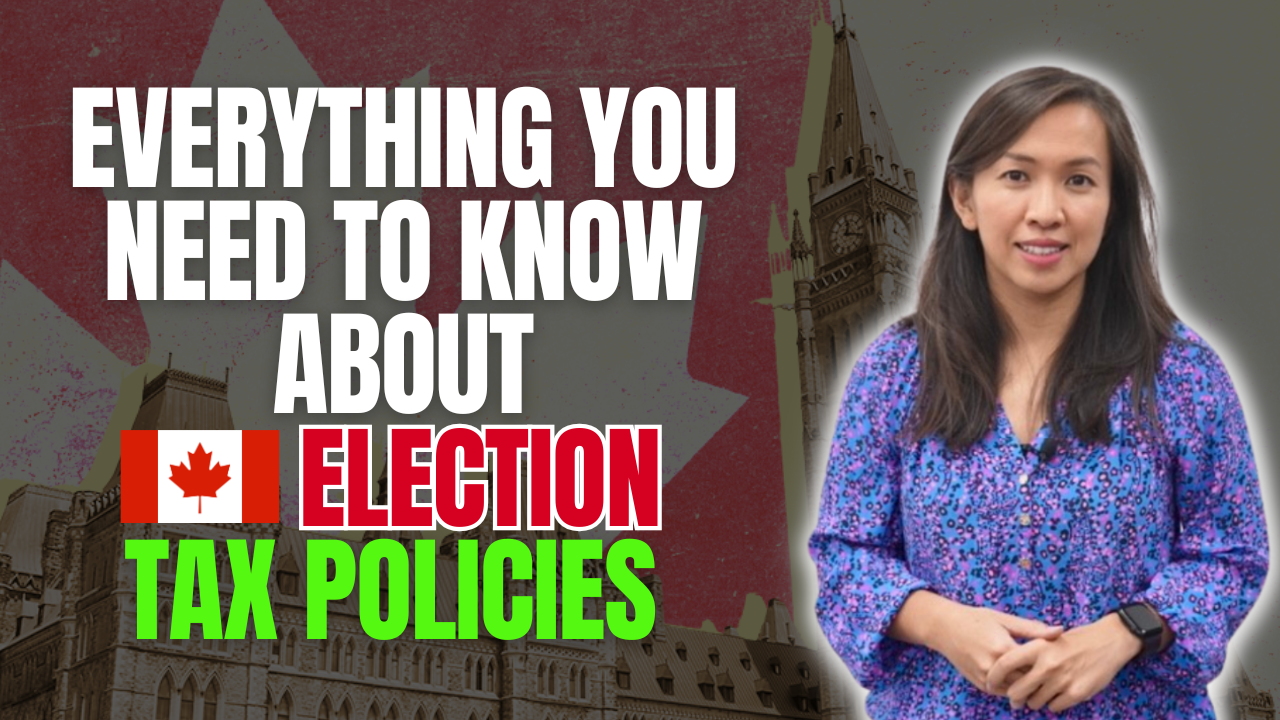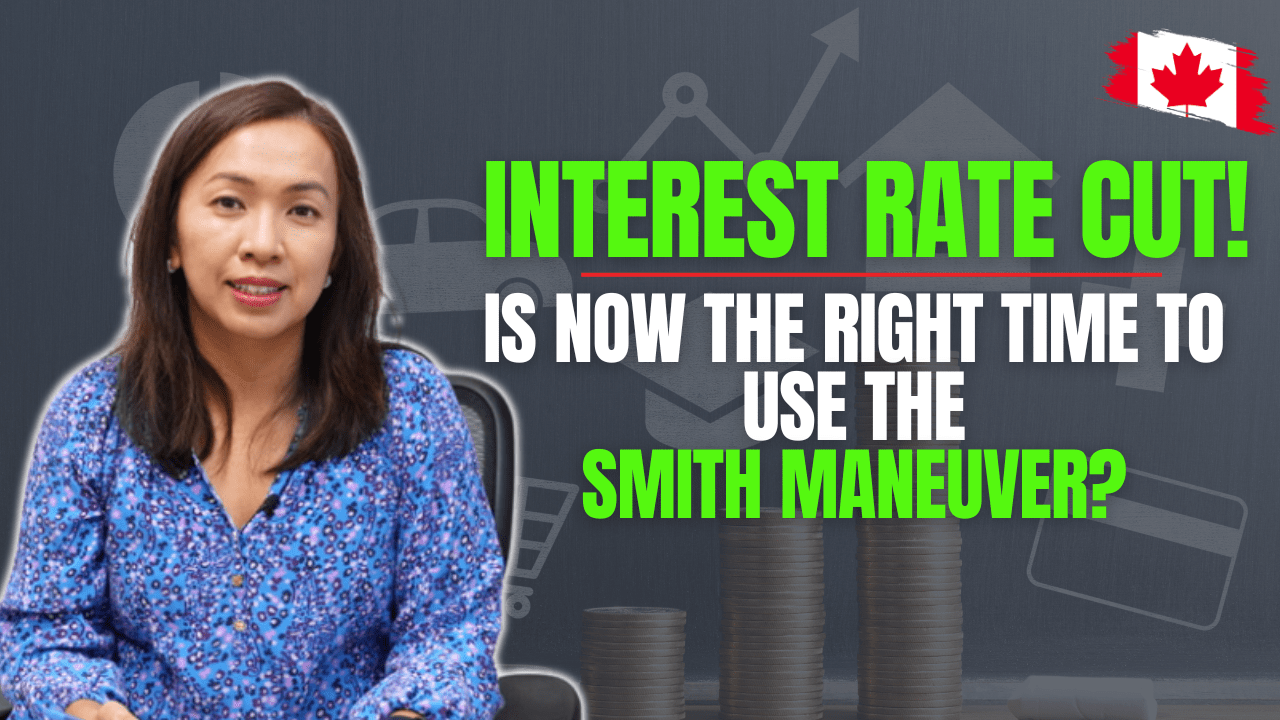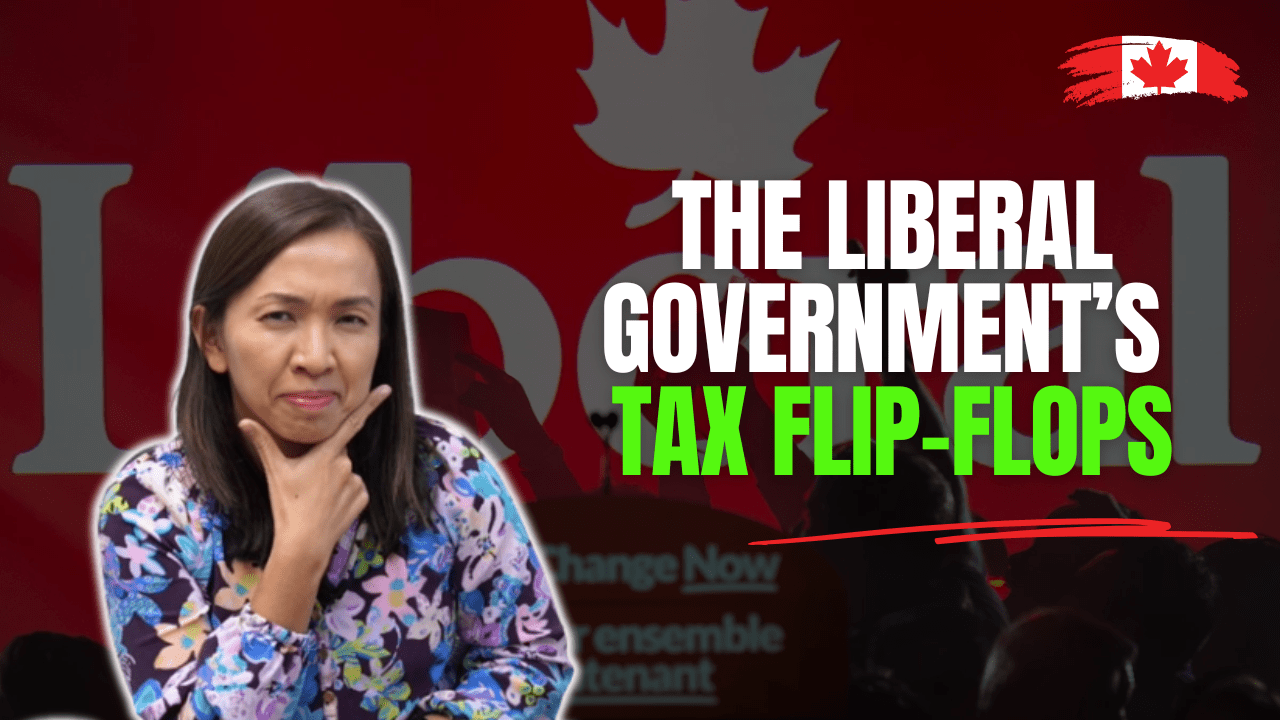When you decide to buy your first home, it isn’t an easy step.
My first home was a one bedroom condo located in Richmond Hill. It was a great little place at the time.
I remember that I had aggressively saved up for my down payment, borrowed against my RRSP, and leveraged almost all the government tax credit I could find. It wasn’t easy, but I made it.
I thought it was tough at the time, it’s even more challenging today. Seeing the young employees who are struggling to get their first home, I want to summarize all the tips and tricks I can see in the marketplace to help those who are interested in buying their first home to get a head start.
Make sure you watch this video as well, along with reading this blog post to find out all my tips and tricks!
Aggressive Saving Plan for Down Payment to Buy Your First Home
Generally, when you’re going to buy your home, the first thing you need is a down payment and money for upfront costs.
Now, if you are a real estate investor to begin with you may have the cash you need ready. However, if you are just starting your real estate portfolio, or if you are in your 20’s and this is your first property… then you may need some help!
Your down payment cash can come from aggressive savings you have been setting aside for the purchase of a home. Perhaps, you have even opened a RRSP or TFSA which lets you save or invest your money tax-free. And yes, these funds in your registered accounts can help you buy a home.
Savings are much easier if you set it up as autopilot.
It took me years to grasp this concept. I set up an auto deposit to my TFSA account for the day that I get my pay. I have a TFSA account with a different bank, meaning that I don’t get to see the balance on a regular basis.
The saying that goes “out of sight, out of mind” is applicable to money as well. Once the money is gone (from one bank to another that you don’t touch regularly), you’ll be surprised to find how much you have saved up at the end of the year.
Now, if you haven’t been saving up already, consider getting family help (a gift from your parents perhaps). The housing market prices are sky-rocketing and so, according to a CIBC study, parents are giving on average $82,000 to the first time home buyers to assist them with the down payments.This amount is even higher in GTA. If this is an option for you, ask for as much help as you can get.
For the parents out there, be prepared.This problem is just going to get worse.
Partner up with Friends and Family Members to Buy Your First Home
If you still can’t afford a house on your own, you could even consider buying a property with a family member or a friend. Your share of the down payment is lower, and your share of the mortgage payment is lower.
Your other expenses will go down, too, because you then share the cost of property taxes, heat, electricity, internet, and other utilities Additionally, shared meals costs will decrease your food costs too!
House Hacking to help you qualify and make it affordable
If you don’t have enough income to qualify for financing, another way to potentially supplement your income is by renting a portion of your home.
By renting out a portion of the home, you now earn extra income. With this extra income, you can then qualify for a bigger mortgage.
Canada Mortgage and Housing Corporation (CMHC), a government agency that has a mandate to improve Canadian’s accessibility to housing, recognizes the rental income you’re expecting to receive. This can potentially help you qualify for a bigger mortgage.
You can find out more about this program here.
Different forms of Government Help
How does the government help? As a first time home buyer you can avail the government’s help using the first time home buyer incentive plan.As a first time buyer you can even get land transfer tax credit. You may even borrow from your RRSP or HBP plan.
- First Time Home Buyer Incentive administered by CMHC
Also known as, partnering up with the government on the purchase of your own home.
Simply explaining, this incentive offers buyers 5% or 10% of their house’s purchase price to put towards a down payment.
- 5% or 10% for a first-time buyer’s purchase of a newly constructed home
- 5% for a first-time buyer’s purchase of a resale (existing) home
- 5% for a first-time buyer’s purchase of a new or resale mobile/manufactured home
By participating in this program, qualified first time buyers can reduce their monthly mortgage payments (as the government is chipping in their 5% or 10%) reducing their financial burdens. It is basically a shared-equity mortgage with the Government of Canada.
You can read more about this here.
To qualify:
- Total annual qualifying income cannot exceed $120K ($150K if the home you are purchasing is in Toronto, Vancouver, or Victoria)
- Total borrowing cannot be greater than 4x your qualifying income (if your home is in Toronto, Vancouver or Victor, it cannot be greater than 4.5x of qualifying income)
- Must be a Canadian citizen or permanent resident or non-permanent resident authorized to work in Canada
- Has the minimum down payment requirements with traditional funds
- This incentive is considered a second mortgage on your home. First mortgage offered by the bank must be greater than 80% value of the property and you would also need to purchase a mortgage loan insurance.
- Your home must be located in Canada and you are using your home for yourself and cannot be used as an investment property.
It’s also interesting to note that the qualified properties can include duplexes, triplexes and fourplexes. This can allow you to purchase a property to house hack as well.
It is important to remember that l this incentive comes with a price. The buyer must repay the incentive after 25 years, or when the property is sold, whichever comes first. Repayment of the incentive is based on the property’s fair market value at that time.
Say, you purchase a property for $500,000, you receive a 5% incentive, which is equivalent to $25,000. Your home value increases to $800,000 a few years later, and you save up enough to repay the government. You now have to pay back $800,000 x 5% = $40,000.
If you receive a 5% Incentive, you repay 5% of the home’s value at repayment. If you receive a 10% Incentive, you repay 10% of the house’s value at repayment. You will need an appraisal to determine the amount of repayment.
Additionally, there are other costs involved that you should be prepared for:
- Extra Appraisal fees – typically, appraisals are done at the time when you purchased the property. With this program, you’re required to do a second appraisal on the property when you repay the government.
- Extra Legal fees – you don’t have one mortgage, you have two mortgages. When you have two lenders, the closing can be more complicated. You may expect to see higher legal fees.
- Mortgage insurance premium – one of the requirements is that you need to purchase mortgage insurance to qualify for the incentive, which is calculated based on the loan-to-value ratio. The mortgage insurance premium is added to the mortgage amount you don’t have to pay for it out of pocket at the time of closing.
There are pros and cons to participating in this program. You can have a smaller downpayment saved up, but you have to share the upside with the government AND you are incurring extra cost.
- First Time Land Transfer Tax Credit
When you buy a home in Ontario, like everything else, you’re required to pay tax – land transfer tax.
Eligible First time home buyers are generally eligible for a refund on all or part of the tax up to a maximum of $4,000.
If you are buying a property less than $368,000, no land transfer tax is triggered at the time of closing.
If you are buying a property greater than $368,000, you get a reduction of land transfer tax in the amount of $4,000 at the time of closing.
When you consider buying your first home, make sure you confirm with your lawyer to take advantage of this tax credit.
The credit will be reduced if your partner (who is also buying the home with you) is not a first-time homebuyer. This credit is proportional to the interest acquired by the individuals who qualify for the refund.
- Home buyers’ amount
If you are buying your first home, as a first time home buyer you can claim up to $5,000 for the purchase of a qualifying home in the year if both of the following condition apply:
- You or your spouse or common law partner acquired a qualifying home
- You did not live in another home owned by you or your partner in the year of acquisition or in any of the four preceding years (first-time home buyer)
The maximum amount you can claim is $5,000 between you and your spouse. The credit can be split between you and your spouse or common-law partner’s return.
Home Buyers’ Amount is considered a non-refundable tax credit. The $5,000 non-refundable tax credit coupled with 15 percent lowest federal tax rate, result in a reduction of your taxes at $750.
If you are buying a home for a relative who’s disabled, you may also be able to claim the home buyers’ amount on your personal tax return.
- Borrowing from RRSP with HBP (Home Buyer’s Plan)
The Home Buyers’ Plan (HBP) is a government program which allows you to withdraw from your registered retirement savings plans (RRSPs) to buy or build a qualifying home.
The key though is that you have to save inside your RRSP to begin with.
For those of you who have never contributed to RRSP in the past, it may be beneficial to make a contribution to your RRSP, up to a maximum of $35,000, assuming you have RRSP contribution room available.
When you make a contribution to RRSP, you can claim a tax deduction on your personal tax return.
For someone who’s a full time employee, generally speaking, you get a tax refund when you submit your personal tax return that year.
When you purchase your home, you can leverage HBP, withdraw the same $35K, for the purpose of buying your first home.
You’re essentially borrowing against yourself and getting a tax deduction.
As of March 2019, the HBP withdrawal limit is $35,000. If both you and your spouse are first time home buyers, you can potentially get $70,000 toward your down payment.
You have 30 days after closing of your first home to obtain the money through your financial institution.
Like all incentives, you have to repay this one back too. You have up to 15 years starting from the 3rd year after your withdrawal to pay back the funds you withdrew from your RRSP.
Minimum repayment is equal to the amount you withdrew divided by 15 years. You can find the minimum repayment amount on your year end notice of assessment.
Repayment is made by RRSP contribution. You can designate the amount that you intend for repayment on your personal tax returns.
If you choose not to repay, the minimum repayment amount (whatever you have withdrawn divided by 15 years) is taken into income in that particular taxation year.
You can read more on this here.
It isn’t easy for first time home buyers to purchase their home these days. When I bought my home 13 years ago, I had to leverage most of the help I listed above.
If you are a first time home buyer, I do hope this blog helps you buy your first home!
Until next time, happy Canadian Real Estate Investing.
Cherry Chan, CPA, CA
Your Real Estate Accountant






Philip Bautista
Hi Cherry, I am a real estate agent for 40 years, and you are the first accountant that gives an up to date and good advice to homebuyers and investors. Some of my clients are investors and want to know how much your fees are.. Your so good and scared about your fees. I know it is not easy to answer, but is there a way you can give me an estimate how much approximately will be the cost. Thank You in advance. Philip Bautista
Cherry
Hi Philip, thanks for being here. Unfortunately this isn’t the right platform where I would be able to advise you about your anyones situation or consultation fees without knowing the specifics. For any questions or consultation, please contact our office at 416-548-4228 or email us at admin@cccpa.ca and we will be sure to take care of you. Thanks!